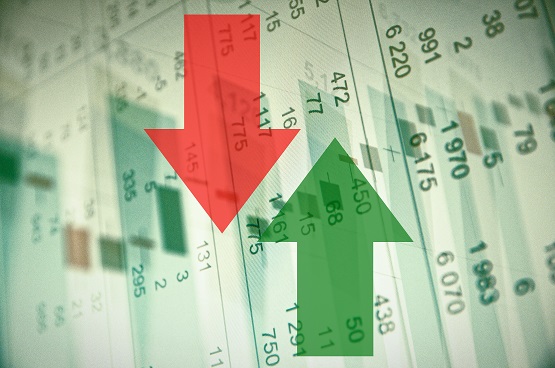Natural gas markets have witnessed heightened volatility over the past few months, both in the international benchmarks and domestic MCX futures. Since March 2023, prices have largely consolidated within a tight range, reflecting a tug-of-war between supply resilience and demand uncertainty. As the winter season approaches, beginning in November, the market is poised for a fresh wave of momentum driven by seasonal consumption, geopolitical shifts, and evolving trade flows.
Factors Behind the Price Volatility
The recent price swings in natural gas are rooted in a complex interplay of supply-demand fundamentals and external shocks. On the supply side, robust U.S. production, elevated storage levels, and increased pipeline flows have kept prices in check. However, demand-side pressures—especially from weather anomalies and industrial slowdowns—have added unpredictability.
Extreme weather events, such as Arctic blasts in North America and Europe, have triggered sudden spikes in heating demand, while production disruptions like freeze-offs have constrained output. Additionally, record LNG exports from the U.S. have tightened domestic supply, amplifying price sensitivity. Infrastructure bottlenecks and geopolitical tensions, particularly in the Middle East and Eastern Europe, have further fueled volatility.
Seasonal Demand Outlook: November Onward
Winter traditionally marks the peak demand season for natural gas, especially in the Northern Hemisphere. The 2025–26 winter is expected to be colder than the previous year, with heating degree days projected to rise by 3% in the U.S. and Europe. This uptick in temperature-driven demand is likely to boost residential and commercial consumption, particularly in regions reliant on gas-fired heating.
In the U.S., residential and commercial demand is forecast to increase by 1.6 Bcf/day year-over-year, while LNG exports are also expected to climb. Europe, too, is bracing for higher consumption amid declining Russian pipeline flows and increased reliance on LNG.
Russian Gas Flows: A Shrinking Footprint
Russia’s natural gas exports to Europe have plunged to historic lows. The EU has accelerated its phase-out of Russian gas, with a full ban on pipeline and LNG imports slated for 2028. While some countries like Hungary and Slovakia continue to receive Russian gas, the overall flow has diminished significantly. Russia has attempted to pivot toward Asia, particularly China, but infrastructure limitations have capped export growth.
Weather Forecast: Europe and U.S. Winter 2025–26
La Niña conditions are expected to dominate the winter season, bringing colder and snowier weather across the Northern Hemisphere. In the U.S., few regions are expected to experience below-average temperatures and increased snowfall. Europe, too, is preparing for a season of contrasts, with early storms and a weakened polar vortex signaling heightened volatility.
These climatic patterns are likely to support higher gas demand for heating and power generation, especially in regions with limited renewable backup.
Global Supply-Demand Dynamics
The U.S. remains the world’s largest natural gas producer. Production growth is being driven by efficiency gains in key basins.
Meanwhile, global natural gas demand is projected to grow by 1.7% in 2025, reaching a record high. Asia-Pacific remains the key driver, led by China and India, while the Middle East is shifting from oil to gas for power generation.
This supply surge is expected to ease market tightness and stabilize prices, although geopolitical risks and infrastructure delays could disrupt the outlook.
China’s Demand and Import Trends
China’s LNG imports have declined in 2025 due to mild weather, weak industrial demand, and increased pipeline flows from Russia and Central Asia. Domestic production has also risen by 6%, reducing reliance on imports. However, stimulus measures and infrastructure expansion are expected to lift gas demand in the second half of the year.
Looking ahead, prices are expected to remain volatile in the coming months. Seasonal demand, LNG export growth, and tightening inventories will continue to affect its short-term outlook.
First published in The Economic Times







